AP Biology Enzymes
0.0(0)
0.0(0)
Card Sorting
1/33
There's no tags or description
Looks like no tags are added yet.
Study Analytics
Name | Mastery | Learn | Test | Matching | Spaced |
|---|
No study sessions yet.
34 Terms
1
New cards
Metabolism
the totality of an organisms chemical reactions that result from interactions between molecules within the cell
2
New cards
metabolic pathway
a sequence of chemical reactions undergone by a compound in a living organism, start with substrate end with product
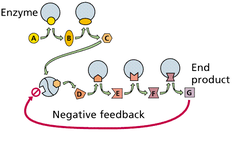
3
New cards
catabolic
breaking a complex molecule down into its simpler parts, releasing energy. ie. cellular respiration
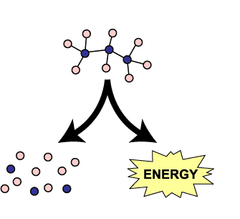
4
New cards
anabolic
using energy to build complex molecules from simpler molecules. ie. protein synthesis
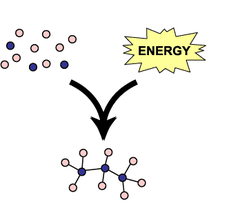
5
New cards
Bioenergetics
the study of how organisms manage their energy resources
6
New cards
energy
capacity to cause change, do work
7
New cards
heat(thermal energy)
kinetic energy associated with random movement of molecules
8
New cards
chemical energy
potential energy available for release in a chemical reaction, energy within bonds
9
New cards
exergonic reaction
a reaction with a net release of free energy, negative free energy, spontaneous
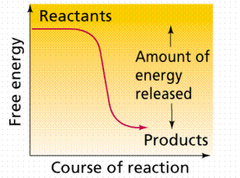
10
New cards
endergonic reaction
a reaction that absorbs free energy from its surroundings, non-spontaneous, positive free energy
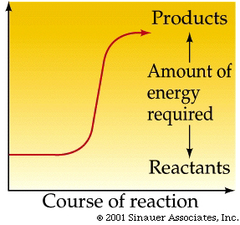
11
New cards
catalyst
a chemical agent that speeds up chemical reactions without being consumed by the reaction
12
New cards
enzymes
a catalytic protein, speeds up metabolic reactions by lowering activation energy, very specific, reusable, unchanged by reaction
13
New cards
activation energy
initial energy needed to start a chemical reaction, free energy for activating reaction, given off by heat
14
New cards
induced fit
brings the chemical groups of the active site into positions that enhance their ability to catalyze the reaction, makes the enzyme more effective
15
New cards
cooperativity
another type of allosteric activation, binds to one active site but locks ALL active sites open, allowing products to be constantly produced
16
New cards
Substrate
the REACTANT that an enzyme acts on
17
New cards
Enzyme-Substrate Complex
enzyme and substrate
18
New cards
Active Site
region on the enzyme where substrate binds
19
New cards
Hydrogen and Ionic Bonds
substrate held in active site by WEAK interactions
20
New cards
Lock and Key
active site on enzyme fits substrate exactly
21
New cards
hydrolysis
The addition of water to a polymer or dimer to split it into monomers.
22
New cards
cofactors
non-protein enzyme helpers ex. zinc, iron, copper
23
New cards
coenzymes
organic enzyme helpers ex. vitamens
24
New cards
Denature
above a certain temp activity declines, protein unwinds
25
New cards
Renature
coils it back to normal after temp gets too high and the activity decreased
26
New cards
Feedback inhibition
end product of a pathway that continues to produce product (positive) and then turns off (negative)
27
New cards
Allosteric Regulation
can accelerate or inhibit production and enzyme activity by attaching to another part of the protein. this changes the shape of the active site which inhibits substrates from bonding and producing more products
28
New cards
Activator
one of the allosteric regulators, stabilizes and keeps active site open for production, wedges open
29
New cards
Inhibitor
a substance that interferes with the action of a catalyst
30
New cards
Competitive Inhibitor
inhibitor that mimics original substrate by blocking the original substrate
31
New cards
Noncompetetitive Inhibitor
bind to another part of enzyme to change shape and block substrate from producing
32
New cards
Factors that affect enzymatic rate of reaction
environment, pH, temp, salinity, chemicals that infuse enzyme, substrate concentration, enzyme concentration
33
New cards
V-max
Maximum rate of reaction
34
New cards
free energy
energy available to do work